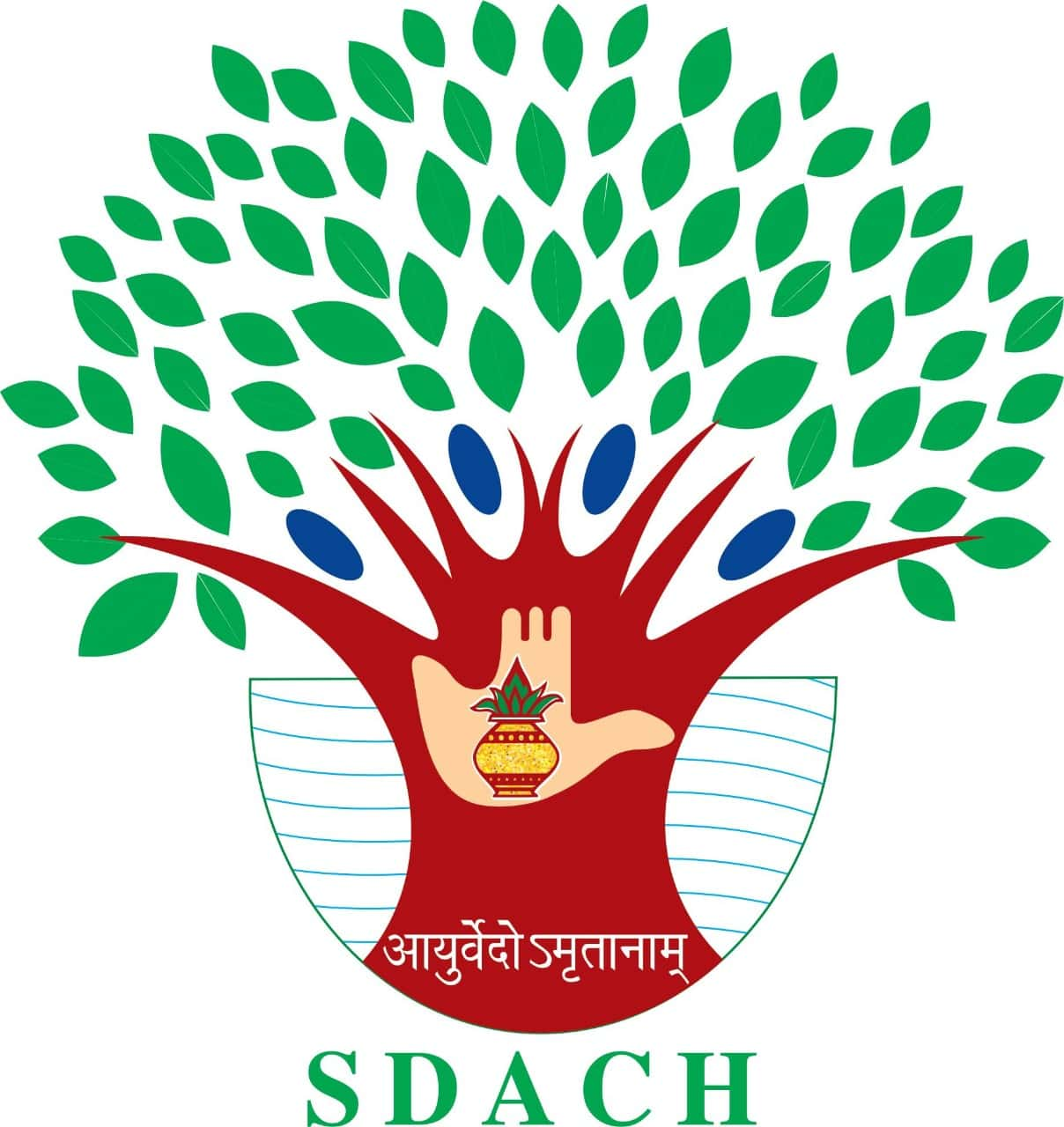Botanical Name : Scoparia dulsis L.
Family : Plantaginaceae
Introduction :
Originally from the American tropics, the plant is now naturalized throughout the tropics and subtropics.
Names in different Indian languages :
English : Liquorice weed, Sweet broomweed
Hindi : Mithi Patti
Kannada : Mruganmhi Gida
Malayalam : Kallurukki
Sanskrit : Dhari, pashanabheda
Morphology :
Erect annual or perennial herbs. Leaves decussate to whorled, 1-3 x 0.5-1.5 cm, obovate-oblong, base attenuate, margin crenate-serrate, apex acute, penninerved, punctate, chartaceous; petiole to 0.7 cm long. Flowers axillary, solitary or 2; pedicels slender 4-7 mm long. Calyx lobes 2-3 mm, ovate-oblong, ciliate along margin. Corolla white 4-6 mm long, rotate, throat densely hairy, lobes spathulate. Stamens 4, subequal, 3-4 mm long. Ovary globose, 2-celled; ovules many; stigma truncate. Capsules 1-2 mm across, globose. Seeds 4-angled, reticulate.
Distribution & Habitat :
India: Andhra Pradesh, Assam, Kerala, Odisha, Manipur, Meghalaya, Uttar Pradesh;
Chemical constituents :
Palmitic acid, B-sitosterol, Glutinol, and a mixture of B-amyrin and Isomultiflorenol
Properties :
Rasa: Tikta, kashaya:
Guna: laghu, ruksha;
Vipak : katu
Veerya : ushna
Karma – kapha vatha samana
Indication :
Plant pacifies vitiated kapha, pitta, renal and vesical calculus, inflammation, fever, wounds, ulcer, skin diseases, diarrhea, dysmenorrhea and leucorrhea.
Uses :
It is traditionally used in treatment of diabetes, dysentery, earache, fever, gonorrhea, headaches, jaundice, snake bite, stomach problems, toothache, warts.





